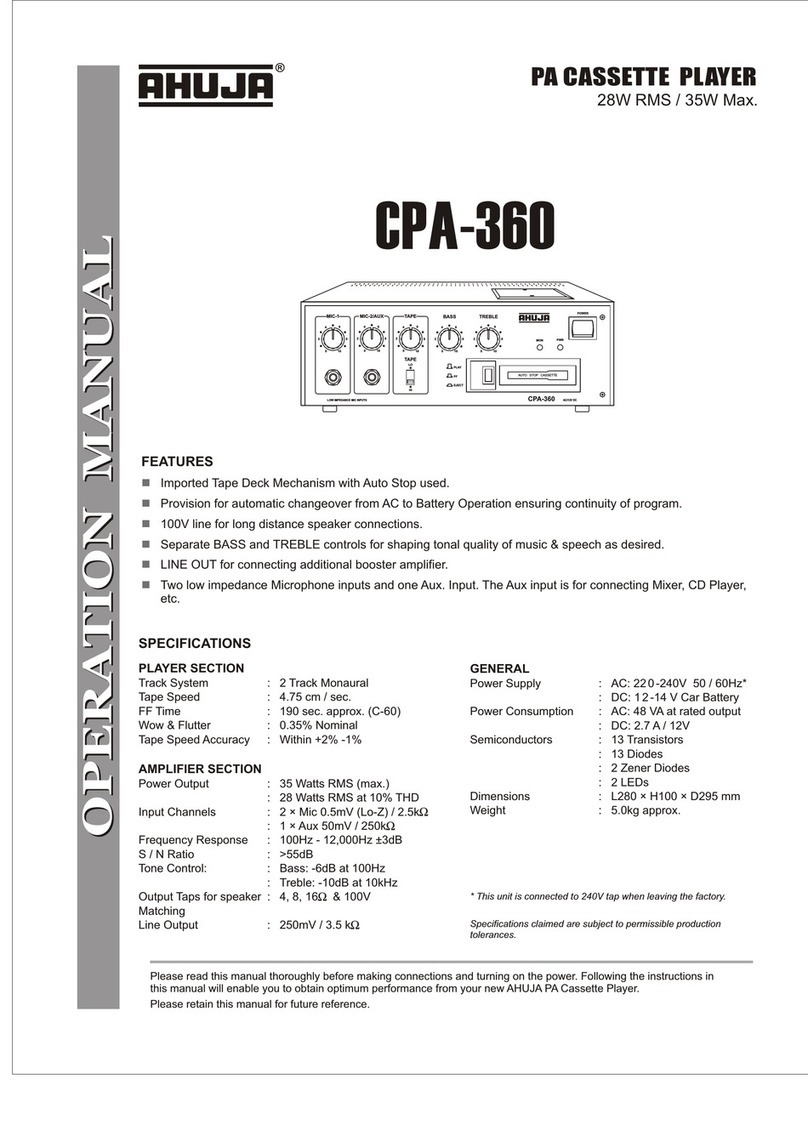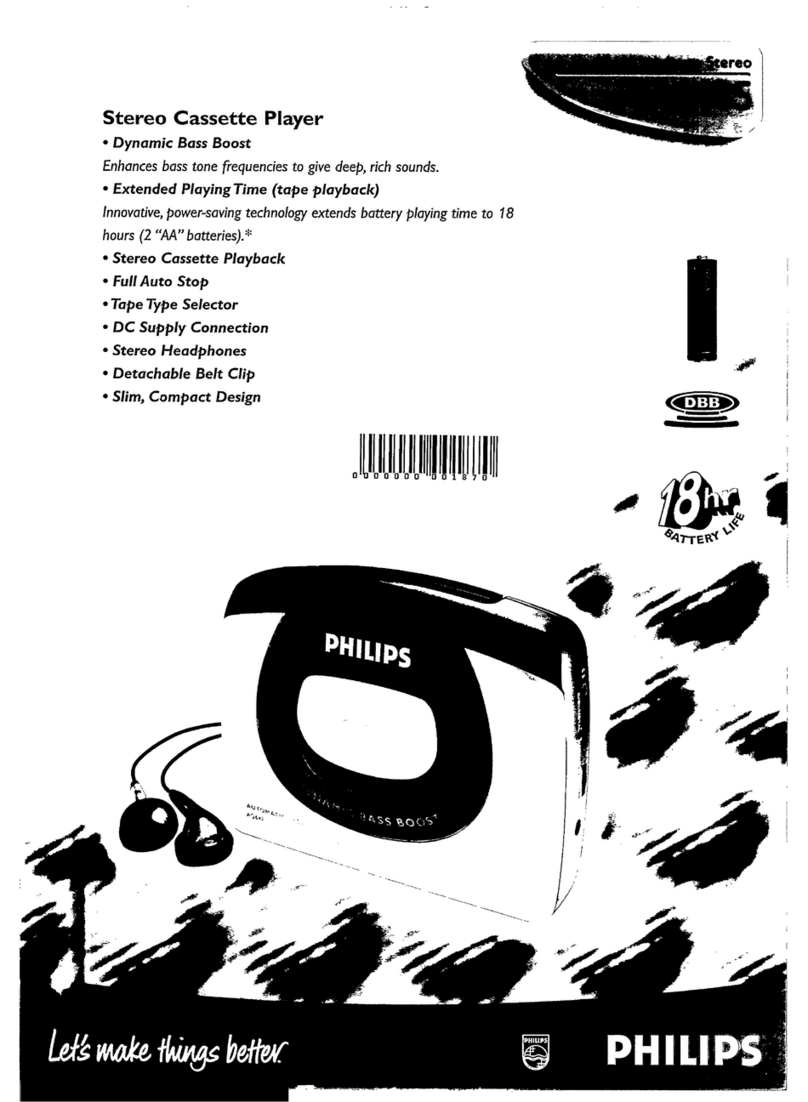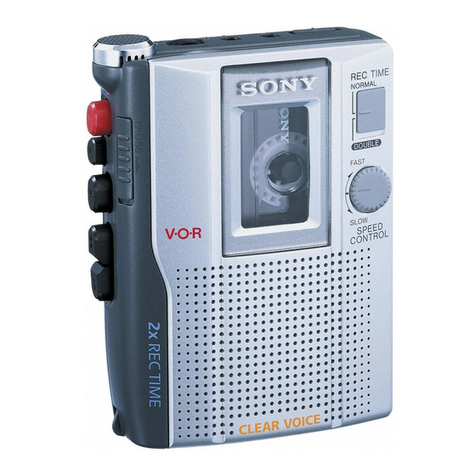TANDBERG EDUCATIONAL TCR 222 User manual
Other TANDBERG Cassette Player manuals

TANDBERG
TANDBERG TCD 310 User manual

TANDBERG
TANDBERG TCD 910 User manual
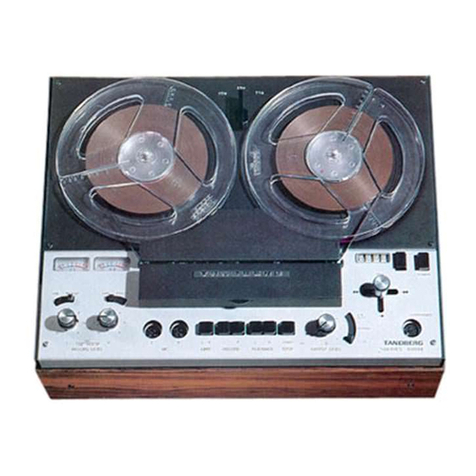
TANDBERG
TANDBERG 6000X Series User manual
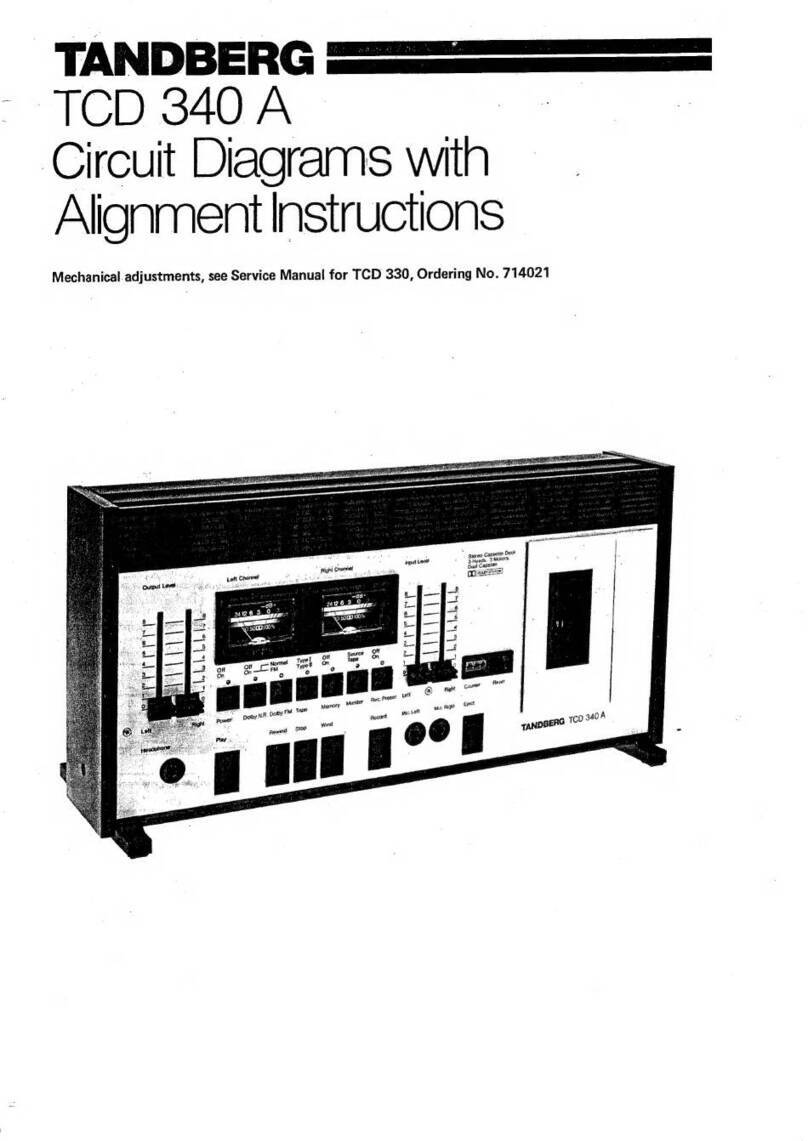
TANDBERG
TANDBERG TCD 340 A User manual
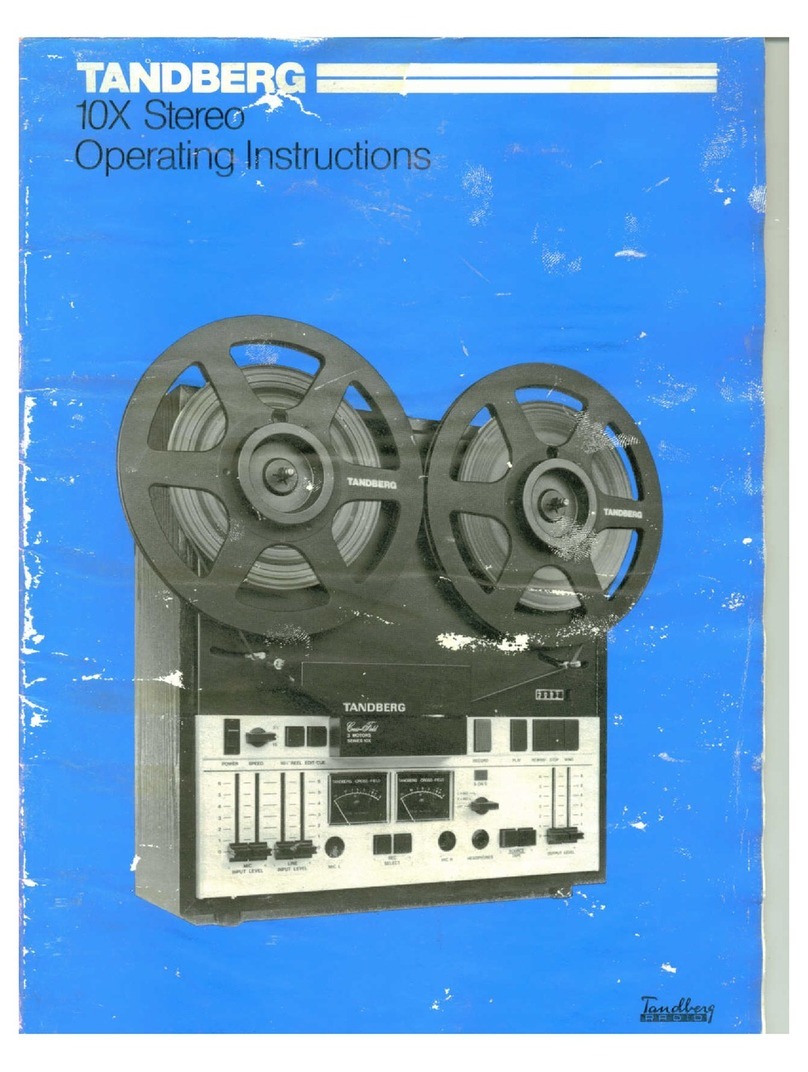
TANDBERG
TANDBERG 10X User manual
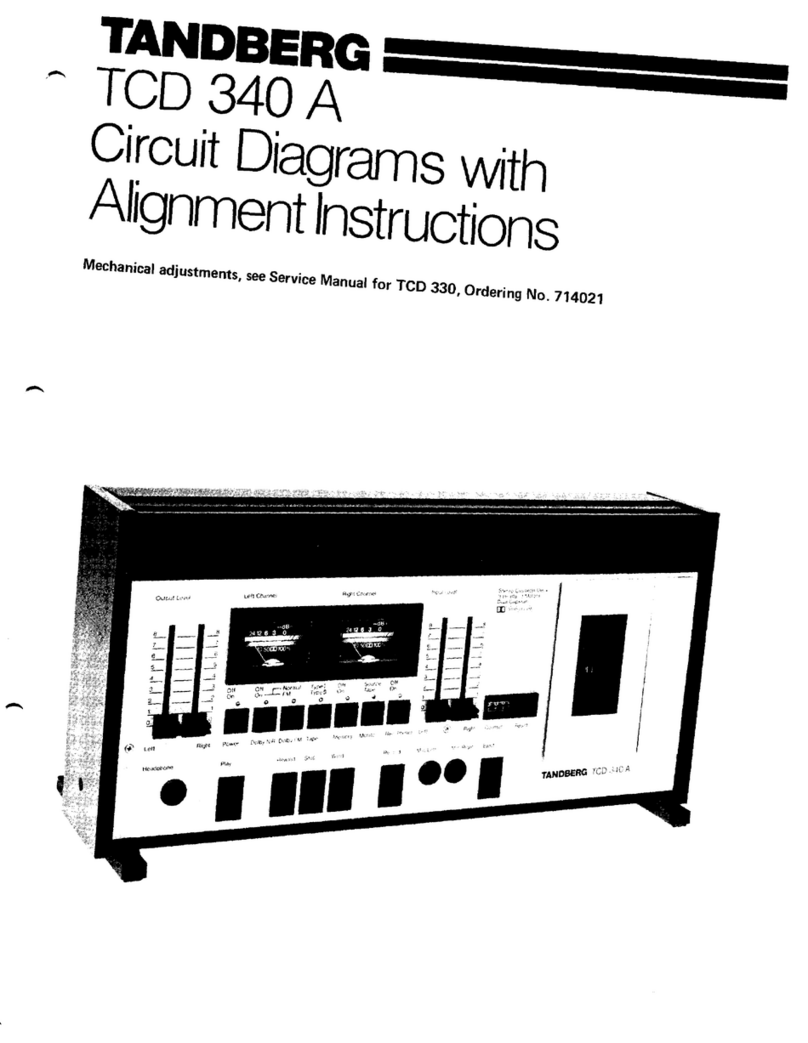
TANDBERG
TANDBERG TCD 340A User manual

TANDBERG
TANDBERG TCD 310 User manual
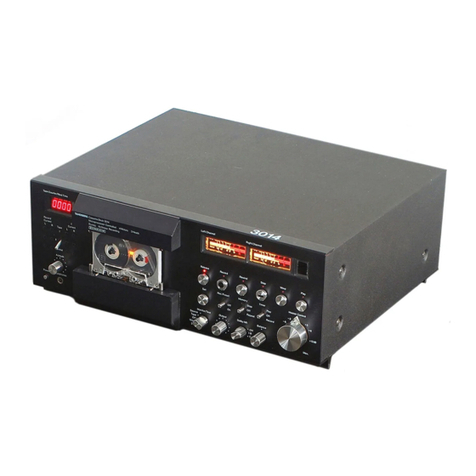
TANDBERG
TANDBERG TCD-3014A User manual
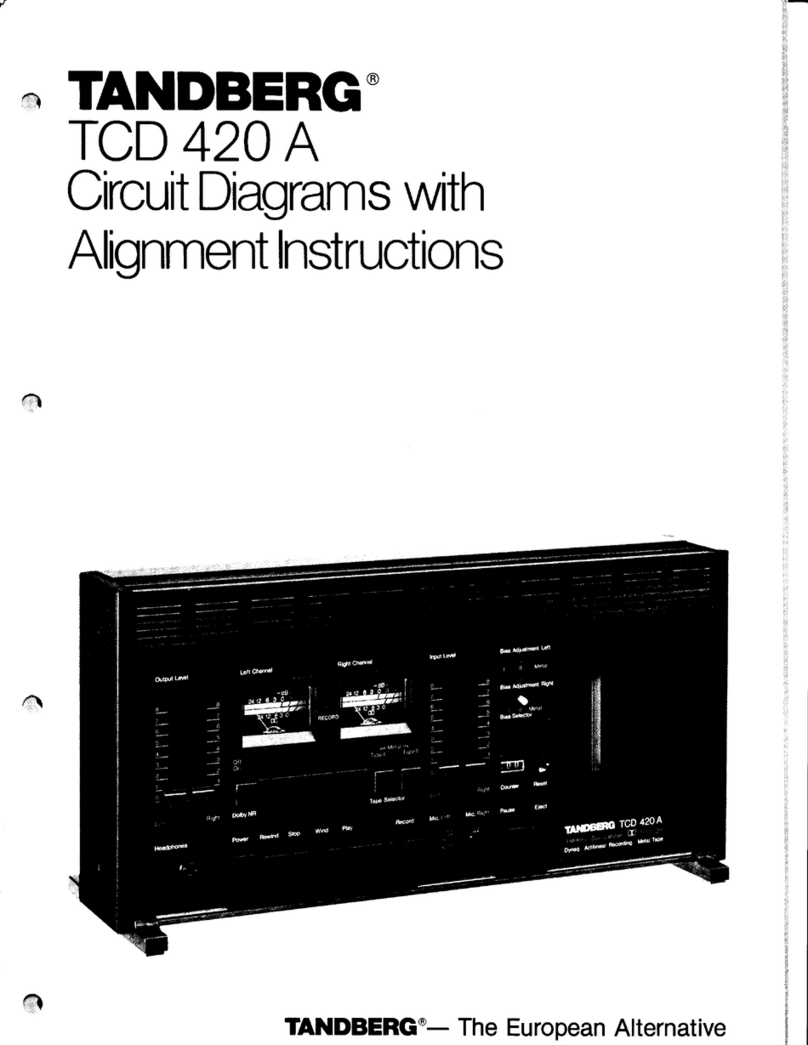
TANDBERG
TANDBERG TCD 42OA User manual
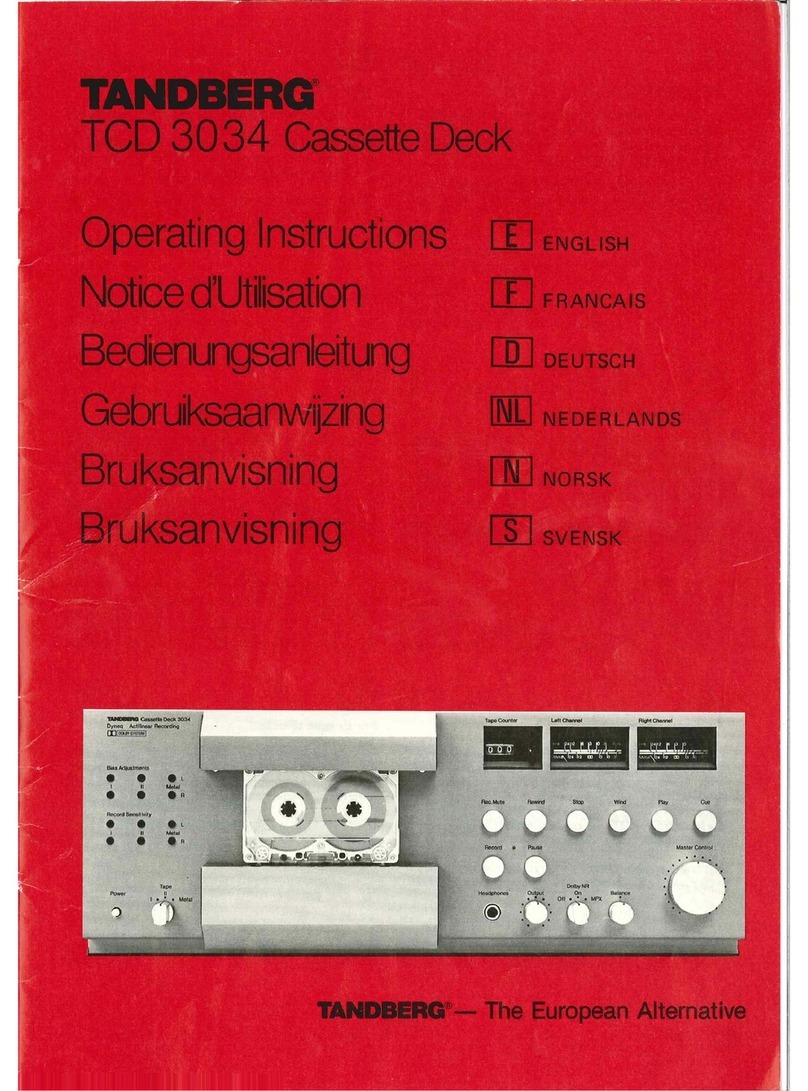
TANDBERG
TANDBERG TCD 3034 User manual
